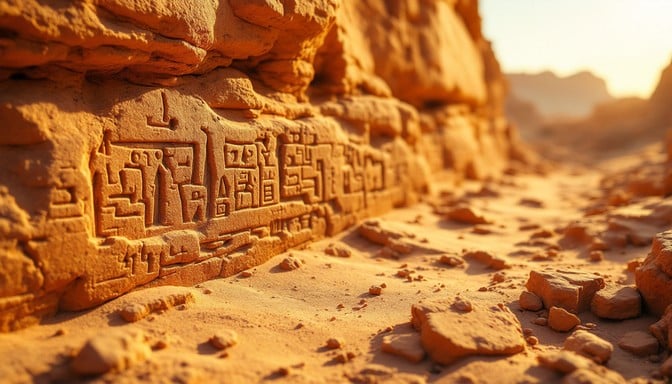
NASA has issued an alert about a rare astronomical event occurring today. A massive, ‘skyscraper-sized’ asteroid is hurtling towards our planet at an unfathomable speed. The asteroid, dubbed 2024 JJ25, was first spotted by astronomers in Hawaii on May 2. Since then, NASA has been keeping a close eye on it.
They estimate that it’s roughly 370 feet in diameter, making it one of the largest near-Earth objects that NASA has ever tracked. Traveling at a staggering speed of approximately 33,673 kilometers per hour / 21,000 mph, the asteroid is predicted to be closest to Earth today, July 3.
While the asteroid isn’t expected to collide with Earth, it will come within about four million kilometers – an unusually close distance that offers unique opportunities for scientific observation. Two days later, the same team observed the asteroid 2024 MK. This second asteroid – 2024 MK – was first reported on June 16 by the NASA-funded Asteroid Terrestrial-impact Last Alert System (ATLAS) at Sutherland Observing Station in South Africa. Its orbit was changed by Earth’s gravity as it passed by, reducing its 3.3-year orbital period around the Sun by about 24 days. Although it is classified as a potentially hazardous asteroid, calculations of its future motion show that it does not pose a threat to our planet for the foreseeable future.
NASA has reassured the public that there’s no need to worry about the asteroid striking Earth. The event is thrilling for astronomers and researchers who will be observing it closely.
The data gathered today will enrich our knowledge of near-Earth objects and the wider field of planetary science. But we are still learning of the near-earth asteroids only a few days prior their closest approach to Earth. Perhaps, after their orbit already passed our planet. With millions of asteroids and over 2,000 dangerous celestial objects, others hiding in the sun’s glare, there is a high possibility that one rock will enter the atmosphere to hit the planet. At that point, it will be too little, too late.





